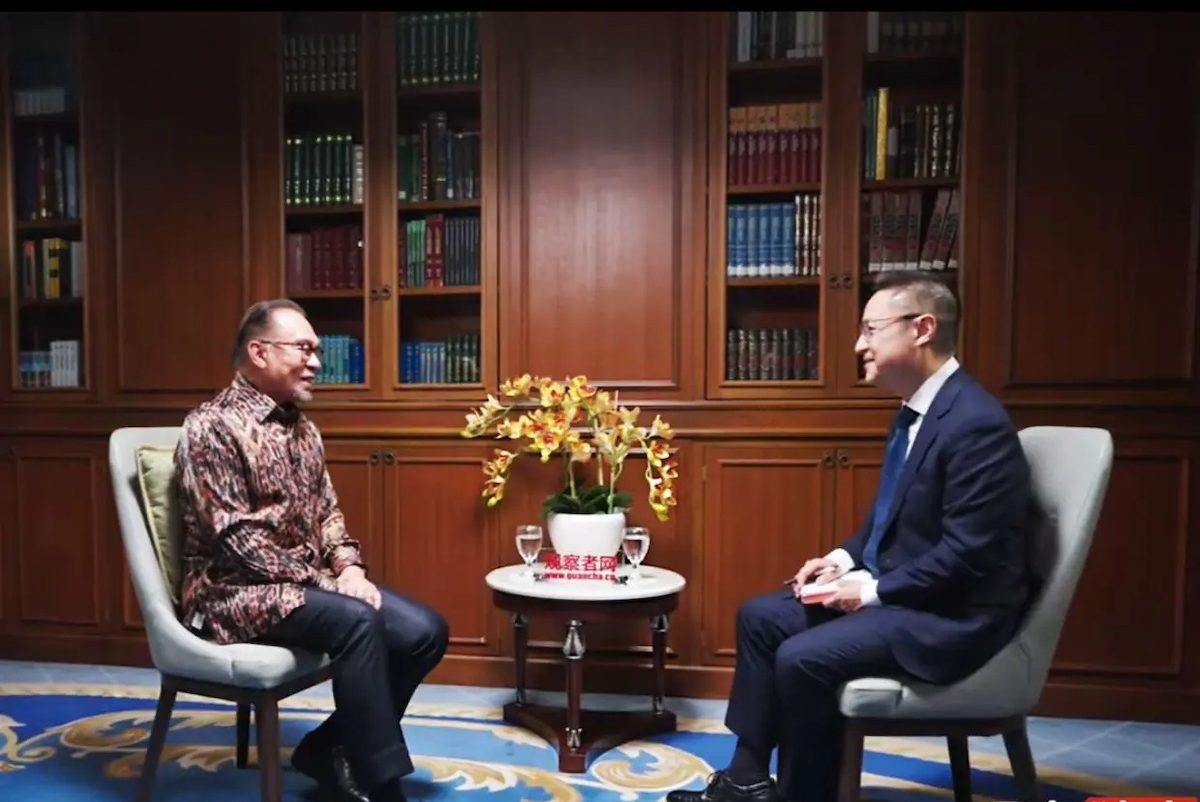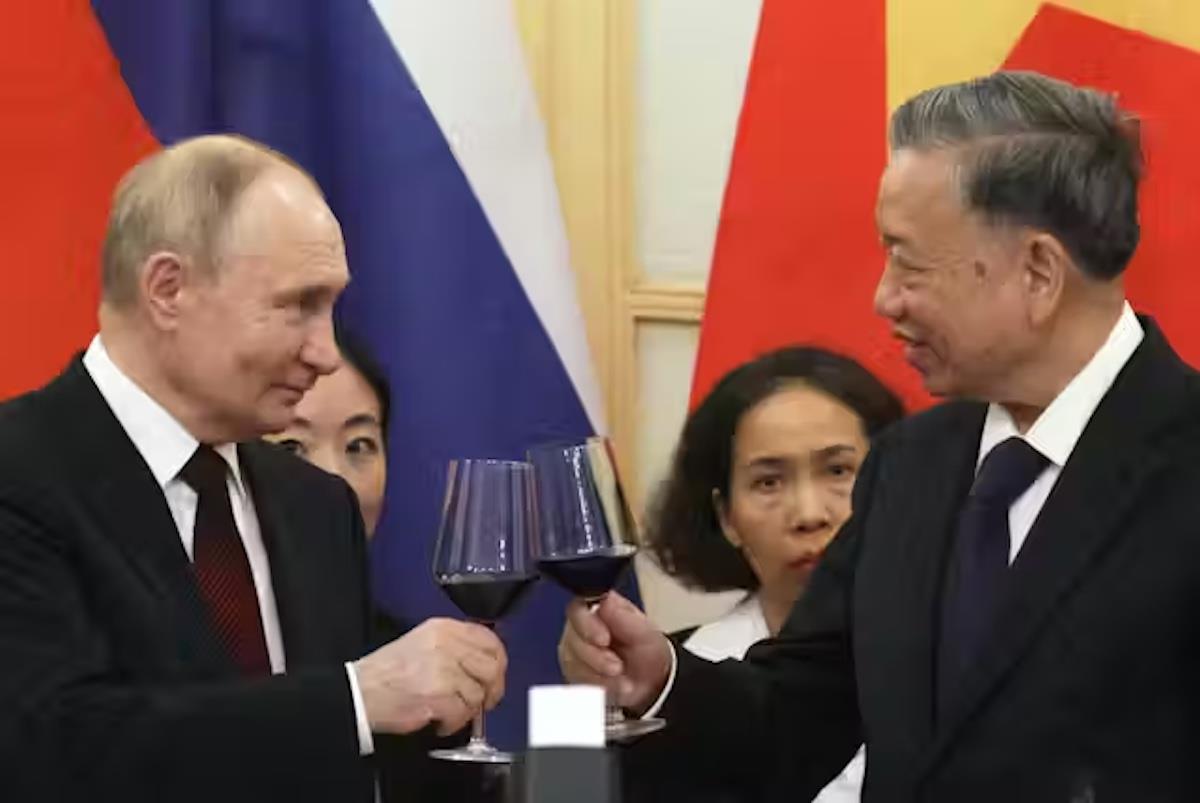
The Expansion Of BRICS+: More May Be Better
With its list of new entrants including Egypt, Ethiopia, Iran, Saudi Arabia and the UAE, the grouping has expanded to a ten-member-strong club from the four founding members – Brazil, Russia, India, China – and South Africa, which had joined the first four earlier to add the S to the name.
Talk of a further round of expansion comes at a time when China and Russia, in the wake of the US sanctions, have strengthenead their ties bilaterally and also with the Middle East, especially Iran The strength of significant oil-producing Gulf economies has been added to the BRICS group.
BRICS+ now represents nearly 3.64 billion people who constitute approximately 45.78 percent of the world's population. Together, members' economies are worth more than $28.5 trillion – about 28% of the global economy.
South Africa's Minister of International Relations and Cooperation recently revealed that at least 34 other countries have indicated their interest in joining the bloc.
With Malaysia and Thailand expressing their intention to join BRICS+, the grouping makes solid inroads in the ASEAN region. Fellow ASEAN member Indonesia has also shown interest in joining although it has been more offhand about the matter. Moving forward, Vietnam, the Lao PDR and Cambodia could be potential candidates. Rumors have it that Türkiye is also mulling the possibility of joining BRICS+, which will not happen without complications.
Why Malaysia and Thailand are keen to joinBRICS aims to establish itself as a
platform for developing nations to express their concerns and interests about the design and functioning of the international financial architecture. The growing acceptability of BRICS/ BRICS+ is a tell-tale sign of the ruptures in the existing international order. Looking at BRICS/ from the binaries of the US-China/Russia rivalry may not sufficiently explain the emerging dynamics.
A closer look at BRICS Members' stance on issues related to global institutions and international governmental organizations reveals that their policy positions are in sync, especially in the domain of international financial architecture.
In addition to supporting rules-based, open and transparent global trade, BRICS encourages the use of local currencies in transactions among its member states while also avoiding trade in US dollars. The expansion of its membership supports this objective. A recent decision by Saudi Arabia to end a 50-year petrodollar deal with the US for multi-currency sales may also be read in this context.
BRICS and BRICS+ represent the voices of the Global South, which have been urging the World Bank and the International Monetary Fund (IMF) to make substantive reforms and to be more accountable and inclusive in their approach.

Legal Disclaimer:
MENAFN provides the
information “as is” without warranty of any kind. We do not accept
any responsibility or liability for the accuracy, content, images,
videos, licenses, completeness, legality, or reliability of the information
contained in this article. If you have any complaints or copyright
issues related to this article, kindly contact the provider above.






















Comments
No comment